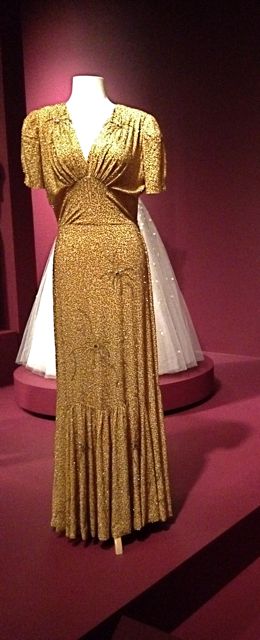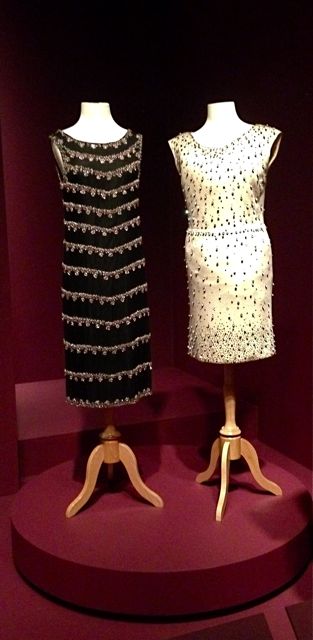
“And the Bead Goes On”: fashion as art
Is fashion art? The answer may depend entirely on how one defines art. A modern perspective on art might emphasize its purpose of expression or its ability to communicate something about the world. However, this view has not always been widely accepted.
Immanuel Kant argued for the separation of art from life; he thought it must transcend pleasure and elevate the viewer morally. Many years later, Clement Greenberg echoed this sentiment, promoting the distinction between high and low art and urging artists in a continual exploration of art and its mediums. Since Duchamp’s urinal and Warhol’s Brillo Boxes the definition of art has been rapidly expanding. And if a urinal, soup can and bicycle wheel can be deemed art, then certainly fashion can.
The Mint Museum (a Knight Arts grantee) certainly agrees with this, having initiated a historic costume collection in the 1970s. According to the Mint, “fashion is an art form. It presents unique statements of creativity that speak to the human passion for beauty, adornment and identity.” The Mint shares in a widely held view of fashion as a means of self-expression and its ability to reflect our society, culture and aesthetic.
If the idea of historic costumes displayed in art museums still unsettles you, just think about all the ways fashion and art are connected. First, many artists are fascinated with the portrayal of clothing. One only has to think of the high detail paid to dress by John Singer Sargent or Mary Cassatt to see this. Second, the influence of art on fashion is pronounced. For instance, historians make a direct link between the lines of Cubism and the boxy styles of the flapper in the 1920s.
“And the Bead Goes On,” the Mint Museum’s current fashion exhibition, gave rise to this somewhat theoretical debate. This exhibition at the Randolph location explores the evolution of the bead in 20th- and 21st-century women’s clothing. Beads have been around since ancient times and were often used to connote status and wealth or to protect the wearer. Many of today’s bead shapes, materials and sewing techniques were developed in Paris workshops in the 18th century. But with the democratization of fashion in the 1960s, beaded styles have become available to all.
Left to right: “Evening Dress,” Adolfo F. Sardina circa 1980; “Cocktail Dress,” Ben Reig circa 1960-1965.
“And the Bead Goes On” displays a variety of bead styles on cocktail dresses and evening gowns from the Mint’s permanent collection. Featured in the exhibition are designers such as Halston, Oscar de la Renta, Lanvin and Lisa Folawiyo. This is the first time a design by Folawiyo, a Nigerian designer, has been displayed in an American museum. The exhibition ends February 2013, so use this extended period to visit the show more than once. Ponder fashion as art, and watch the bead go on!
Mint Museum Randolph: 2730 Randolph Rd., Charlotte; 704-337-2000; www.mintmuseum.org. Open Tues., 10 a.m. – 9 p.m.; Wed. – Sat., 10 a.m. – 6 p.m.; and Sun., 1 – 5 p.m. Admission: adults $10; students/seniors, $8; children 5-17, $5.
Recent Content
-
Artsarticle ·
-
Artsarticle ·
-
Artsarticle ·


